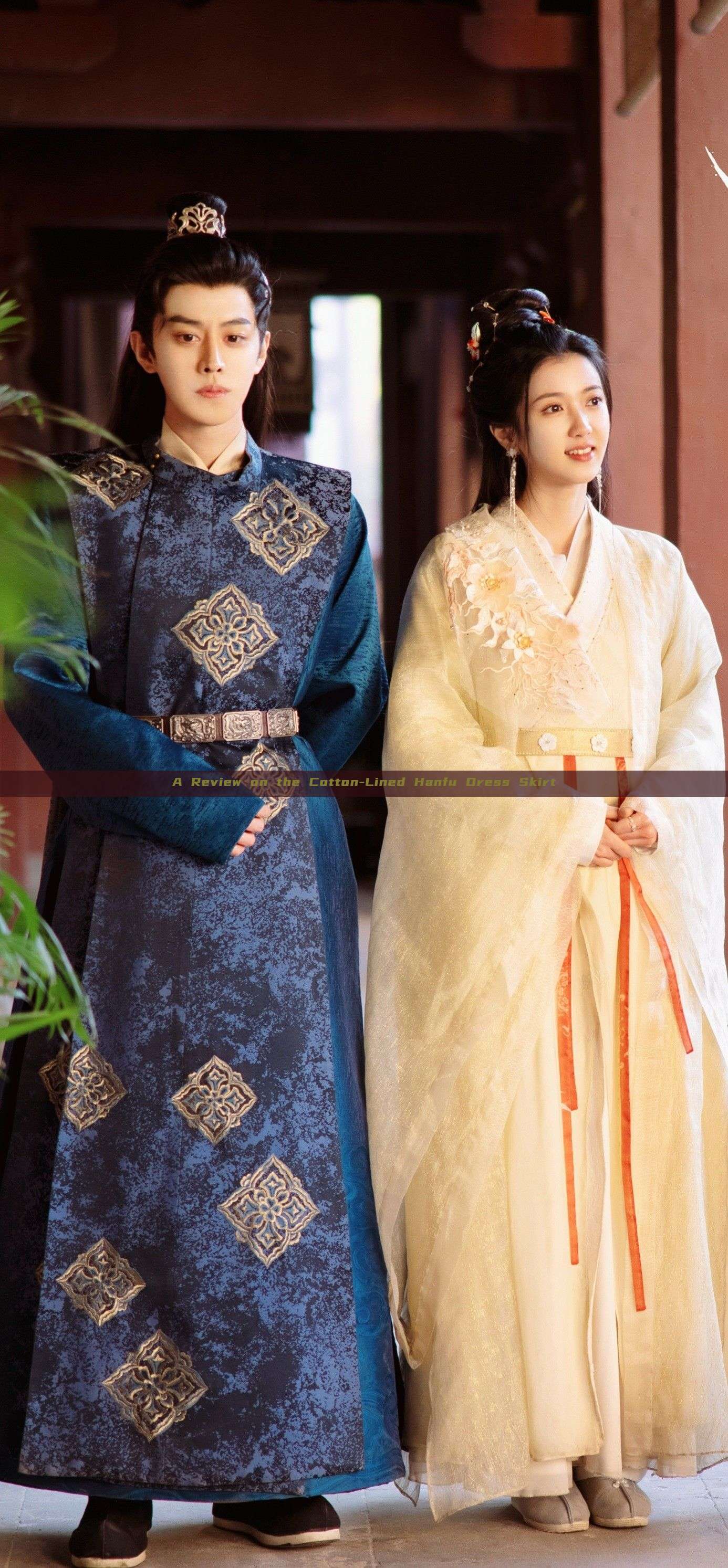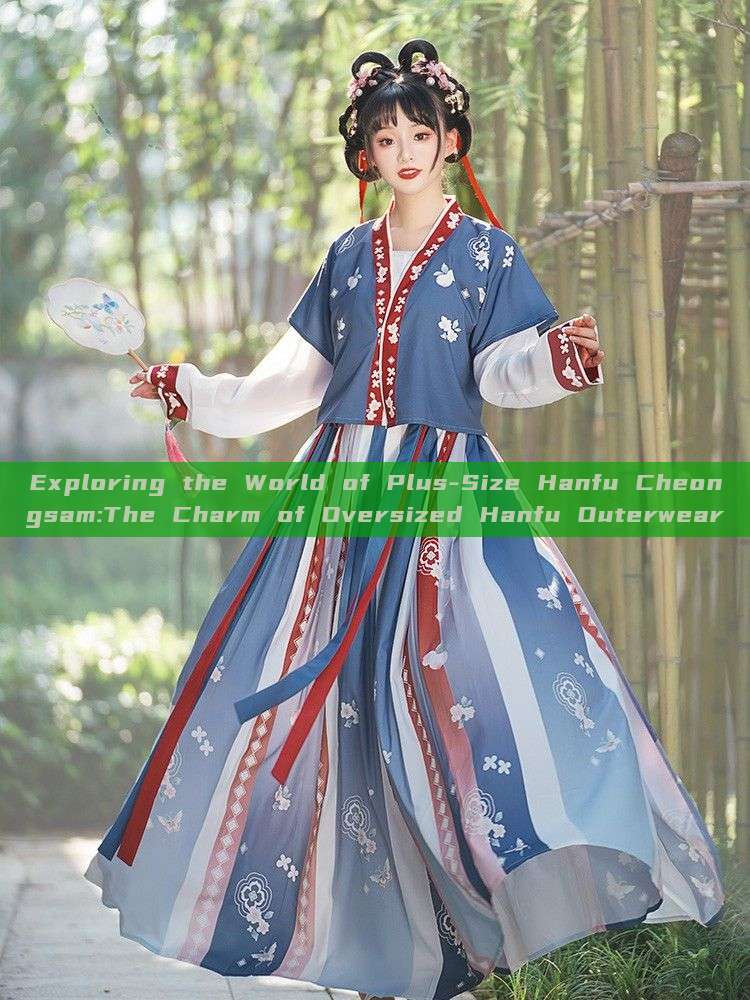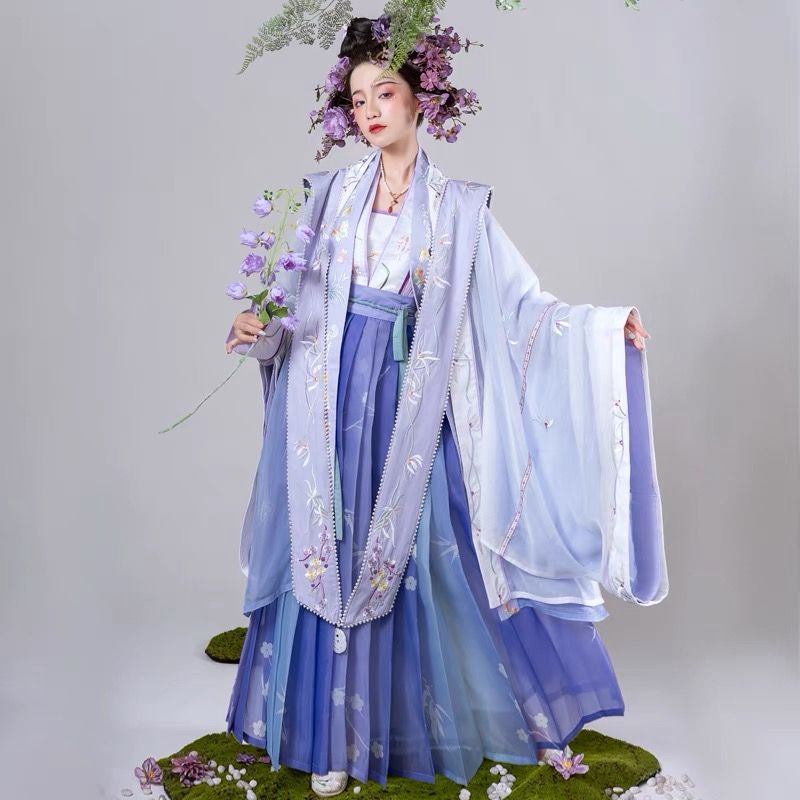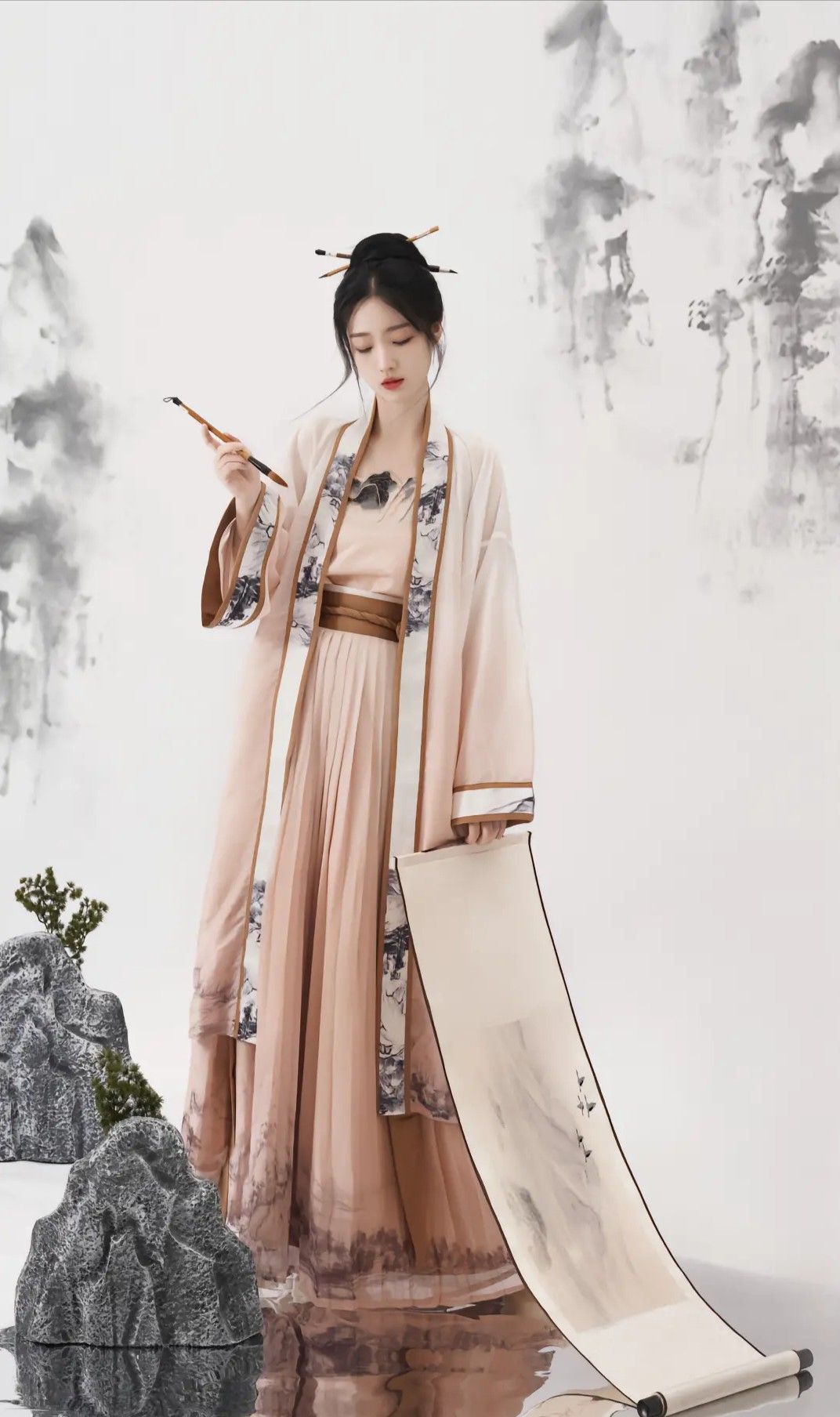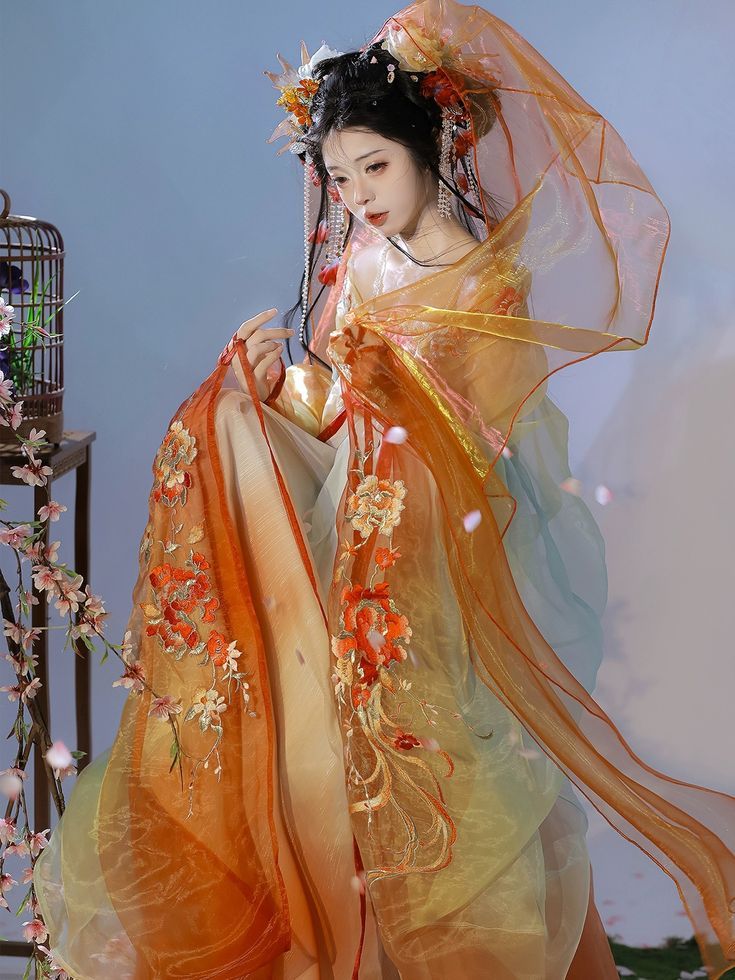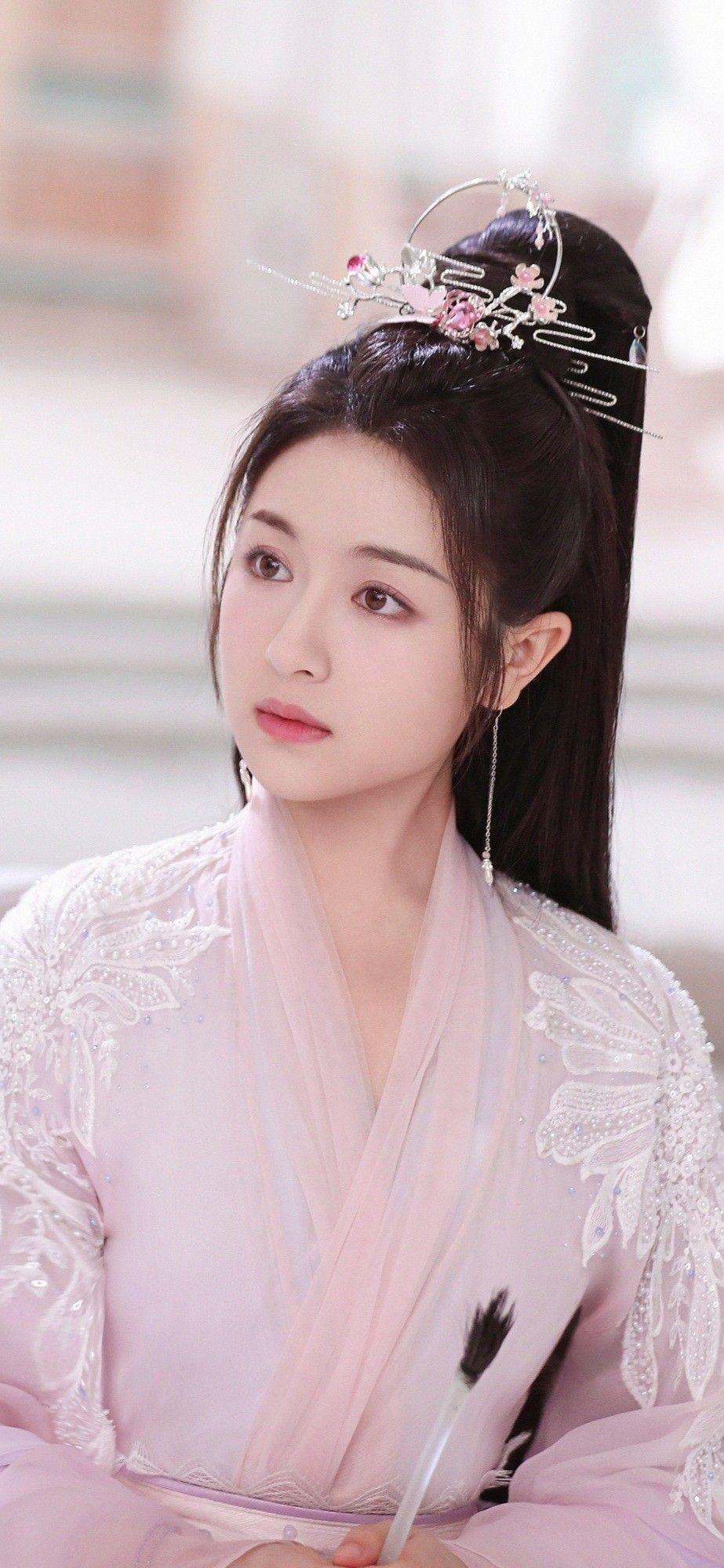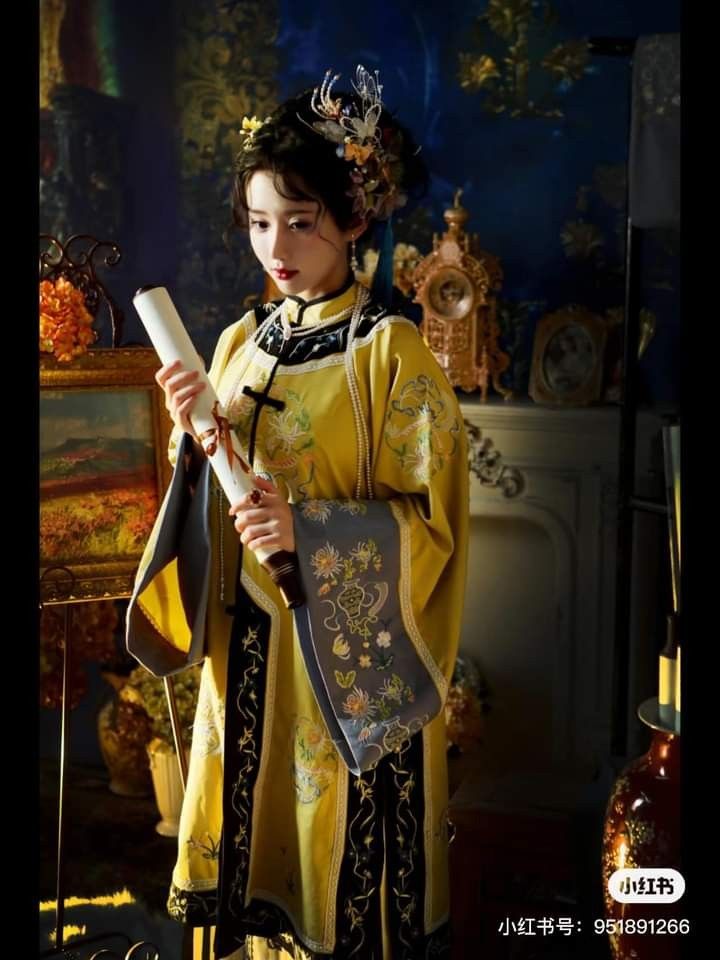In the enchanting realm of Chinese traditional culture, Hanfu, a style of clothing that dates back to the Han dynasty (206 BC – 8 AD), has experienced a remarkable revival in recent years. This comeback is not just about the clothing; it’s also about the exquisite accessories that complement the attire, particularly the hair ornaments. Among these, the tassel-adorned headpieces have captivated the hearts of many with their unique beauty and symbolism.
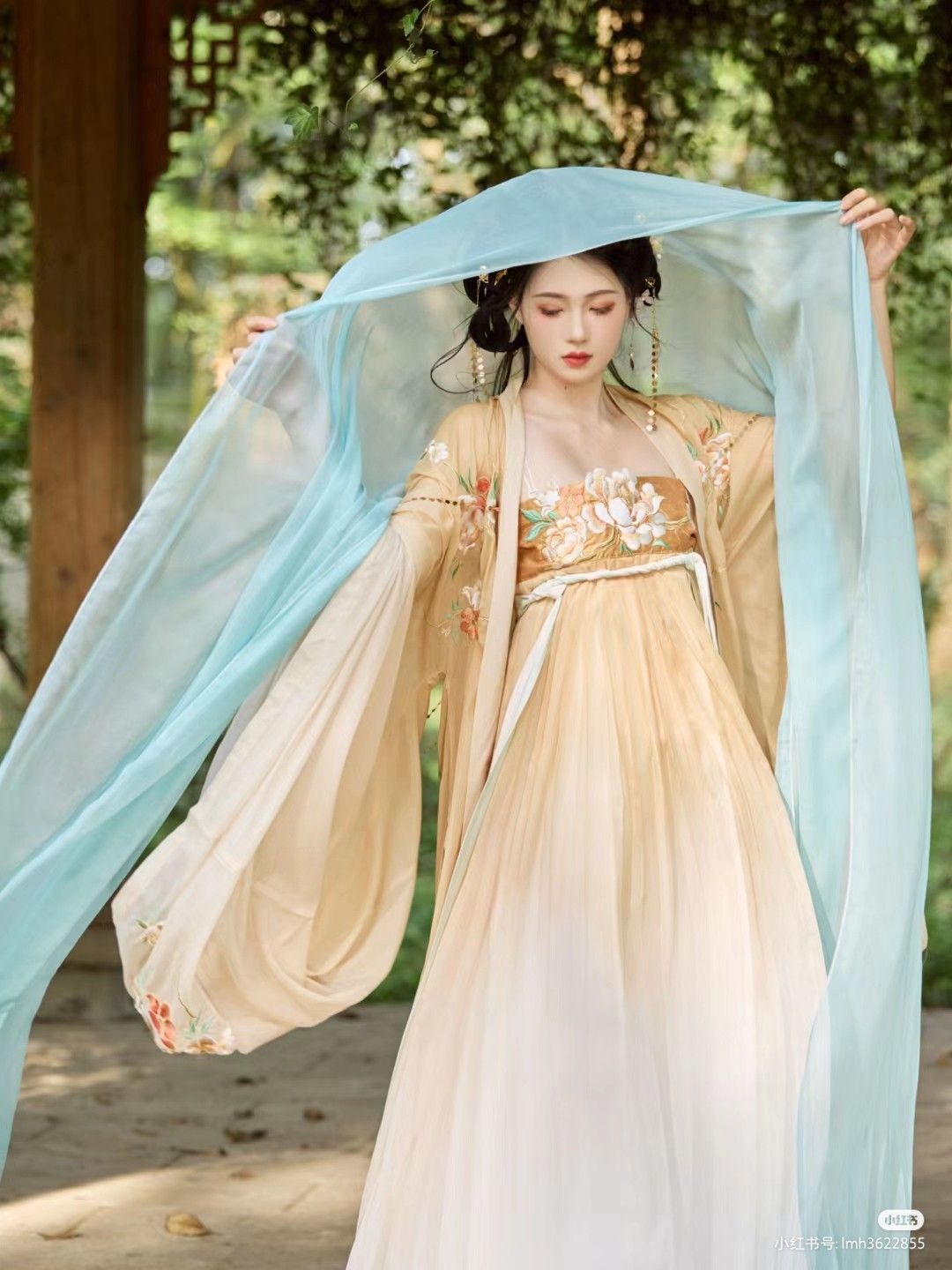
The art of hair decoration in Hanfu culture is vast and diverse, ranging from simple to complex designs. These headpieces are not just for decoration; they also serve as a means to show status, rank, and marital status. The use of tassels in these hair ornaments adds a touch of elegance and grace, creating a mesmerizing visual impact.
Tassels, also known as “流苏” (liu su) in Chinese, are strips of material that hang down from a larger object, often used as decorative elements. In Hanfu hairstyle, they are often seen on headbands, headpieces, and even hairpins. These tassels are usually made of silk,纱 (silk thread), or other delicate materials and are often adorned with beads, crystals, or other ornaments to enhance their beauty.
The history of tassel-adorned hair ornaments in Hanfu culture can be traced back to ancient times. During the Han dynasty, these headpieces were worn by both men and women as a sign of status and rank. The length, color, and design of the tassels were carefully chosen to reflect the wearer’s social position. For instance, higher-ranking officials would wear longer and more elaborate tassels than commoners.
As time passed, the use of tassels in hair ornaments evolved and became more diverse in design and style. During the Ming and Qing dynasties (1368-1912 AD), these headpieces became even more intricate with the use of precious stones, jewels, and intricate patterns. This period saw a blend of traditional elements with new designs, creating a unique style that was both traditional and modern.
In modern times, Hanfu has experienced a renaissance, and these tassel-adorned headpieces have also gained popularity. Not only are they worn during traditional events and festivals, but they have also become a part of everyday fashion for many. The modern versions are often simpler in design but still maintain the essence of traditional elements like tassels.
The beauty of these tassel headpieces lies not just in their appearance but also in their symbolism. In Hanfu culture, hair is considered one’s “roots” and is highly respected. Therefore, hair ornaments like tassel headpieces are not just for decoration but also serve as a way to honor one’s roots and cultural heritage.
Moreover, these tassel headpieces are not just for women; men also wear them as a way to show their respect for traditional culture and aesthetics. In recent years, there has been a noticeable increase in men wearing Hanfu-style clothing and accessories, including tassel headpieces.
In conclusion, the tassel-adorned headpieces of Hanfu culture are not just beautiful pieces of jewelry; they are also a testament to the rich cultural heritage of China. They embody the essence of traditional Chinese culture and aesthetics, making them a perfect blend of ancient tradition and modern fashion. As Hanfu continues to gain popularity worldwide, these tassel headpieces will undoubtedly continue to captivate the hearts of many with their unique beauty and symbolism.
The art of hair decoration in Hanfu style with tassel accessories is not just about fashion or beauty; it’s about honoring one’s cultural heritage and roots. So, as we admire these exquisite headpieces, let us also remember to cherish and preserve our rich cultural heritage.


